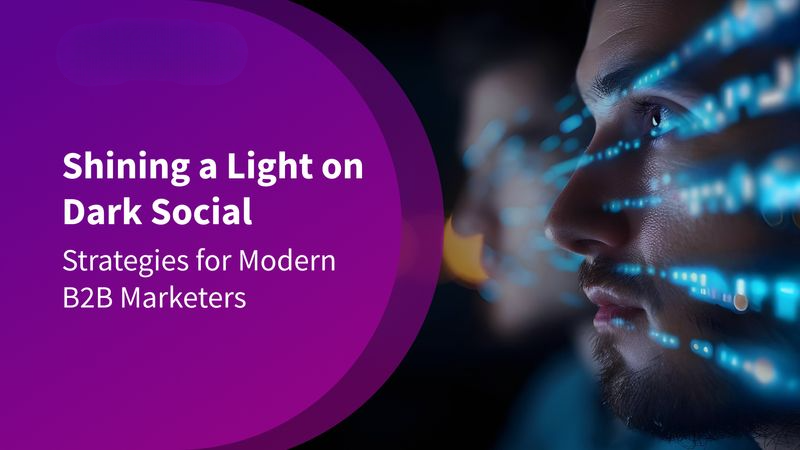In the fast-paced world of digital marketing, accurate data is the foundation of every successful campaign. However, not all customer interactions leave a digital footprint that can be easily tracked. Enter dark social—the invisible sharing of content that takes place on private channels like email, messaging apps, and internal chat platforms. While it doesn’t show up in traditional analytics, dark social has a profound impact on how content is consumed, shared, and acted upon.
For marketers striving to understand the full customer journey, ignoring dark social means missing a significant portion of audience behavior. In this blog, we’ll explore what dark social is, why it matters, and how to begin addressing it—even if you can’t fully measure it just yet.
Why Dark Social Deserves Your Attention?
Dark social is not just an obscure trend—it accounts for the majority of content shares online, especially in B2B and high-consideration industries. These are the shares that don’t come with tracking codes or referral tags, making them invisible to standard analytics tools like Google Analytics.
- Massive Volume: Studies estimate that over 80% of content is shared via dark social—far more than public platforms like LinkedIn or Facebook.
- High Intent: Dark social shares are often more meaningful, as they happen in 1:1 or group conversations, often among decision-makers or trusted peers.
- Attribution Blind Spot: If you’re only measuring traffic from known sources, you’re likely undervaluing key pieces of content that drive these invisible shares.
What Channels Fuel Dark Social Activity?
Dark social thrives on platforms that prioritize private, peer-to-peer communication, making it hard to track content engagement. While the traffic still comes to your website, its origin appears as “direct” in analytics tools.
- Messaging apps like WhatsApp, Telegram, and Facebook Messenger
- Emails and newsletters with shared links
- Slack, Teams, and other internal collaboration tools
- Copy-pasted URLs shared between colleagues or clients
How to Approach Dark Social Strategically –
While it’s not (yet) possible to completely illuminate the dark, there are strategies marketers can implement today to better manage and interpret dark social activity. These don’t solve the entire problem but can reduce the guesswork.
- Leverage Trackable Links: Use UTM parameters and shortened URLs in all your content—blogs, social posts, and newsletters. These help segment inbound traffic, even when shared in private.
- Encourage Controlled Sharing: Add share buttons for email, WhatsApp, and Messenger. Not only does this encourage user sharing, but these buttons often allow for some level of tracking.
- Segment Direct Traffic Behavior: If a user lands on a deep page (like a case study or gated download), and it’s listed as “direct,” chances are it came from dark social. Analyze this behavior for patterns.
The Future of Tracking Dark Social –
As user privacy becomes a priority and cookie-based tracking fades, marketers will need new frameworks for measuring influence and attribution. Advances in AI, machine learning, and behavior modeling may soon help us better understand these unseen interactions.
- AI-assisted attribution models can infer source based on user journey patterns.
- Contextual and cohort-based analysis will replace exact referral data.
- First-party data strategies will become even more valuable.
Conclusion –
Dark social is one of digital marketing’s greatest paradoxes—it drives huge impact, yet remains largely unmeasurable. But just because it’s hidden doesn’t mean it’s harmless. In fact, it’s one of the most powerful indicators of authentic content engagement.
By understanding how dark social works and applying strategic methods to track it indirectly, businesses can gain valuable insights into how content spreads organically and where influence truly happens. In a world moving toward more private, personalized communication, your ability to adapt to the invisible will define your marketing success.

